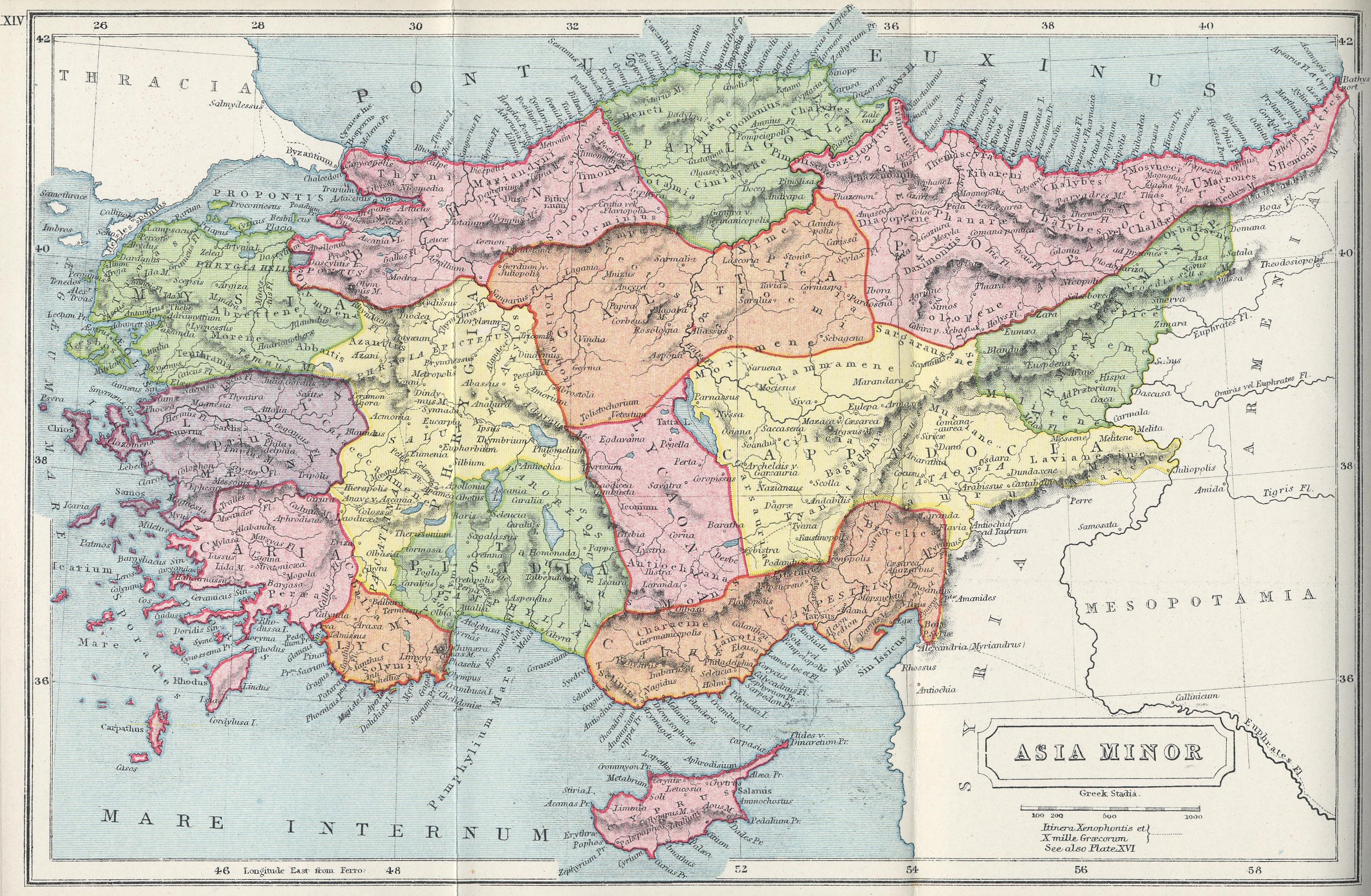
File1907 map of Asia MinorAtlas of Ancient and Classical Geography by Samuel Butler.jpg
The gymnasium complex of Sardis, the capital of Lydia. Lydia (Lydian: 𐤮𐤱𐤠𐤭𐤣𐤠, Śfarda; Aramaic: Lydia; Greek: Λυδία, Lȳdíā) was an Iron Age kingdom of western Asia Minor located generally east of ancient Ionia in the modern western Turkish provinces of Uşak, Manisa and inland Izmir.The ethnic group inhabiting this kingdom are known as the Lydians, and their.

Ancient Map of Asia Minor Stock Photo Alamy
The majority of modern-day Turkey was once a part of ancient Asia Minor, a province in the southwest of Asia. The region is first mentioned on tablets from the Akkadian Kingdom (2334-2083 BCE), when the Hittites lived there and called the area The Land of the Hatti. It was one of the most important ancient geographic areas.
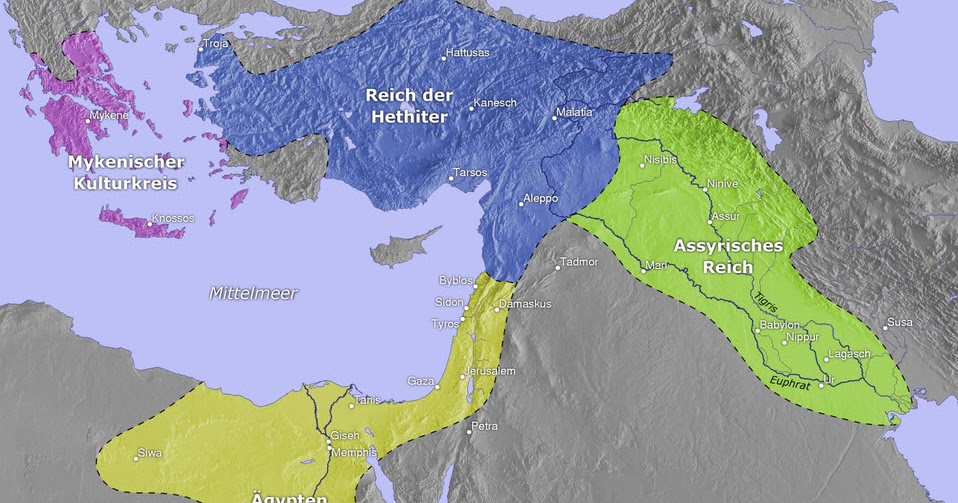
Famous Pharaohs Map of Asia Minor, Mesopotamia and Ancient Egypt
Ionia , Ancient region, western coast of Asia Minor (modern Turkey) bordering the Aegean Sea. It consisted of a coastal strip that extended from the mouth of the Hermus River to the Halicarnassus Peninsula, a distance of 100 mi (160 km). In the 8th century bc there were 12 major Greek cities in the region, including Phocaea, Erythrae, Colophon.
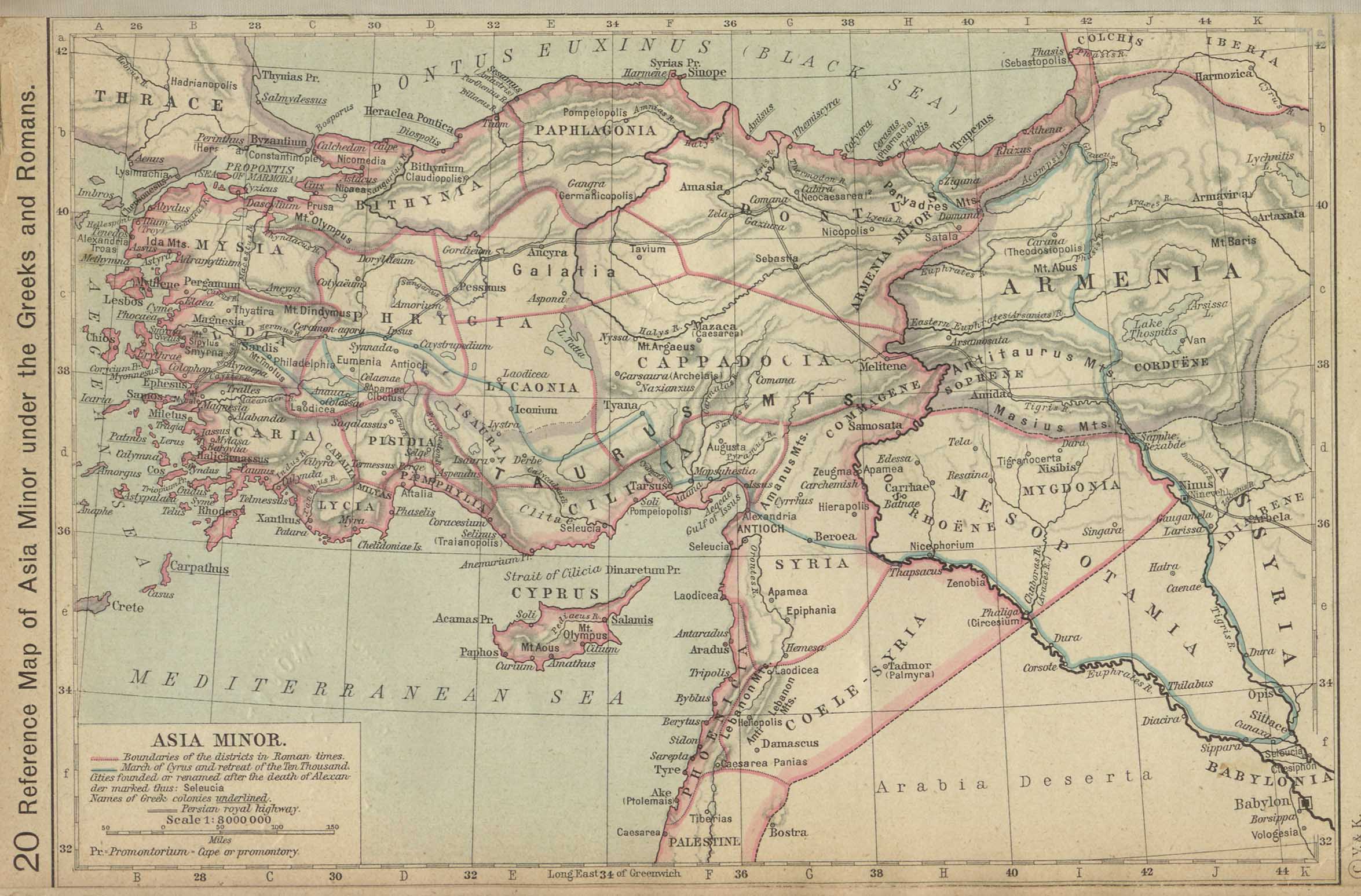
Map Asia Minor under the Greeks and Romans
See map of Ancient Anatolia in 200 CE. The 3rd century CE saw Asia Minor experience a taste of the chaos visited upon other parts of the Roman empire by Germanic invaders. The Goths attacked the region on three occasions in the years after 256, each time committing much destruction.
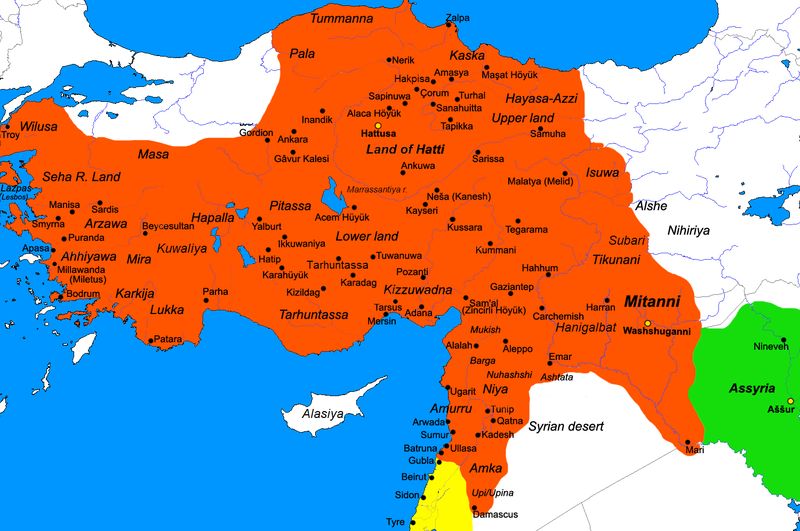
Zoroastrian Heritage Ancient Westernmost Asia Minor
Ancient Asia Minor is a geographic region located in the south-western part of Asia comprising most of present-day Turkey. The earliest reference to the region comes from tablets of the Akkadian Dynasty (2334-2083 BCE) where it was known as The Land of the Hatti and was inhabited by the Hittites. It was among the most significant regions of.
Old Asia Minor Map
Anatolia, also known as Asia Minor, is a large peninsula in West Asia and is the western-most extension of continental Asia. The land mass of Anatolia constitutes most of the territory of contemporary Turkey. Geographically, the Anatolian region is bounded by the Turkish Straits to the north-west, the Black Sea to the north, the Armenian Highlands to the east, the Mediterranean Sea to the.

Zoroastrian Heritage Ancient Westernmost Asia Minor
Lydia, ancient land of western Anatolia, extending east from the Aegean Sea and occupying the valleys of the Hermus and Cayster rivers. The Lydians were said to be the originators of gold and silver coins.During their brief hegemony over Asia Minor from the middle of the 7th to the middle of the 6th century bce, the Lydians profoundly influenced the Ionian Greeks to their west.

ANCIENT ASIA MINOR. Turkey. Cappadocia Cyprus Galatia Phrygia. SDUK 1844 map Stock Photo Alamy
Smyrna was one of the greatest Ancient Greek cities to have existed in Asia Minor, today's Turkey. Before being Christianised, and long before being Islamified, it once had a temple dedicated to Athena and was the residence of the epic poet Homer. Rebuilt during the Hellenistic era, it flourished for some time, becoming a hub of Armenian and.
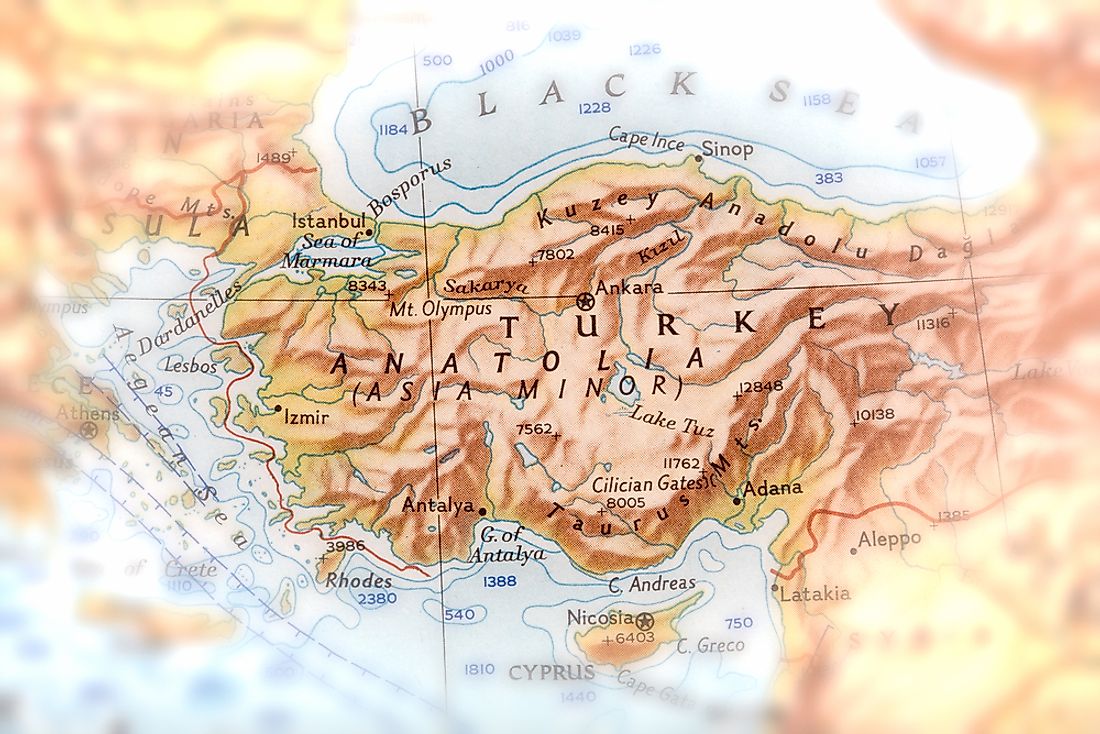
Where is Asia Minor? WorldAtlas
"From 25 B.C. to 235 A.D., five Roman provinces are established in Anatolia: Asia, Bithynia, Pontus, Galatia, and Cappadocia. During this period, numerous roads are built linking the highland cities to the Anatolian coast. Primarily designed for military use, they become important communication and trade routes. By the mid-third century, the expanding power of the Sasanian empire to the east.

Asia Minor in the Early 1st Century CE (Illustration) Ancient History Encyclopedia
The first cultural centers of Asia Minor. Asia Minor (also known as Anatolia) is one of the main centers of civilizations of the ancient East. The formation of early civilizations in this region was due to the entire course of the cultural and historical development of Anatolia. In the most ancient era (in the VIII-VI millennium BC), there were.

Luwian Studies
This is a collection of 283 beautiful historical maps of Asia Minor (including the Armenian Highlands), the Caucasus, Iran, and neighboring lands including the Aegean Basin, the Levant, and northern Africa, from around 1500 B.C. to around 1500 A.D. Cartographers include: Samuel Butler, William Shepherd, Ramsey Muir, Heinrich Kiepert, William Ramsay, Keith Johnston, George Adam Smith, Suren.

The Great Courses Great Ancient Civilizations of Asia Minor The Adventures of Trail & Hitch
The research team compared the ancient DNA to about 400,000 present-day people stored in a UK gene bank, to see the MS-linked genetic variations persist in the north, the direction the Yamnaya.

Antique Map of Asia Minor by Cluver (1685)
Anatolia, also known as Asia Minor, is a large peninsula in West Asia and is the western-most extension of continental Asia. The land mass of Anatolia constitutes most of the territory of contemporary Turkey.Geographically, the Anatolian region is bounded by the Turkish Straits to the north-west, the Black Sea to the north, the Armenian Highlands to the east, the Mediterranean Sea to the south.

Asia Minor in the Bible The nowadays Anatolia Biblical Empires
The Aegean Sea lies between the coast of Greece and Asia Minor (modern-day Turkey).It contains over 2,000 islands which were settled by the ancient Greeks; the largest among them being Crete (Kriti) and the best known and most often photographed Santorini (Thera or Thira). Both of these islands have strong associations with ancient history and Greek mythology in that Crete features.

Map including Ancient Near East, also Called Asia Minor
Anatolia, also called Asia Minor, is the peninsula of land that today constitutes the Asian portion of Turkey. In geographic terms Anatolia may be described as the area in southwestern Asia bounded to the north by the Black Sea, to the east and south by the Southeastern Taurus Mountains and the Mediterranean Sea, and to the west by the Aegean Sea and Sea of Marmara.
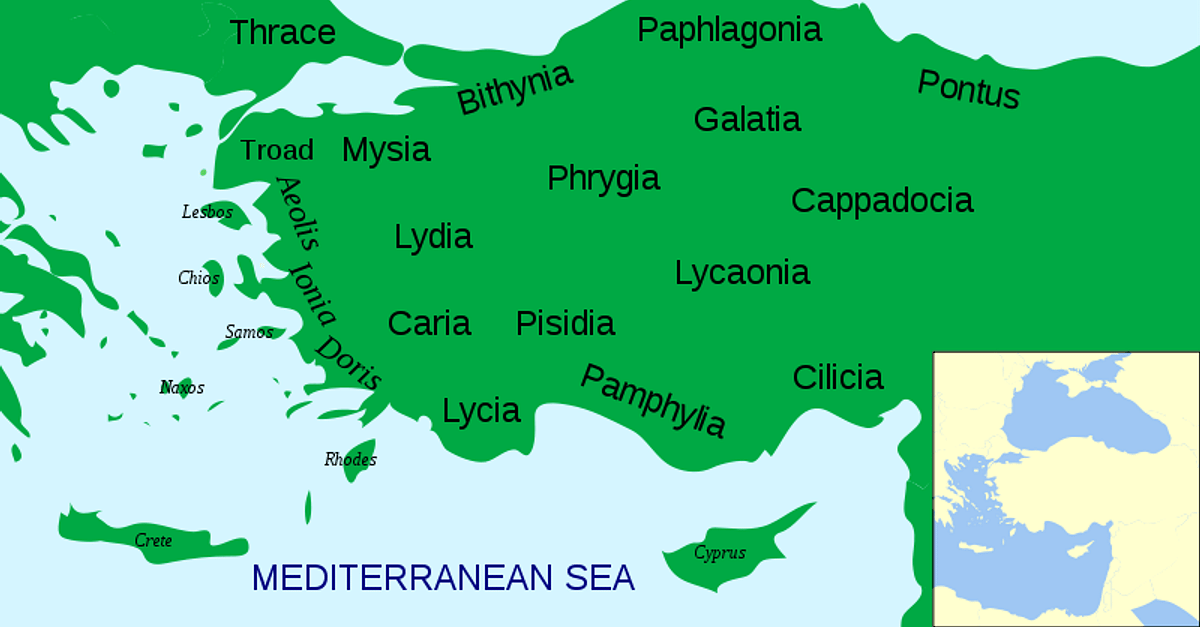
Asia Minor Ancient History Encyclopedia
Late Bronze Age regions (circa 1200 BC) Late Bronze Age regions of Anatolia/Asia Minor (circa 1200 BC) with main settlements.. Alasiya / Alashiya (later Cyprus in the Classical Age, to the south of mainland Anatolia or Asia Minor); Assuwa, roughly most part of West Asia Minor / Anatolia, it was a confederation (or league) of 22 ancient Anatolian states that formed some time before 1400 BC (may.